You have 0 product(s) in your cart.
Abyss Scuba Diving
Exploring The Wonders Of Sydney's Aquatic Reserves
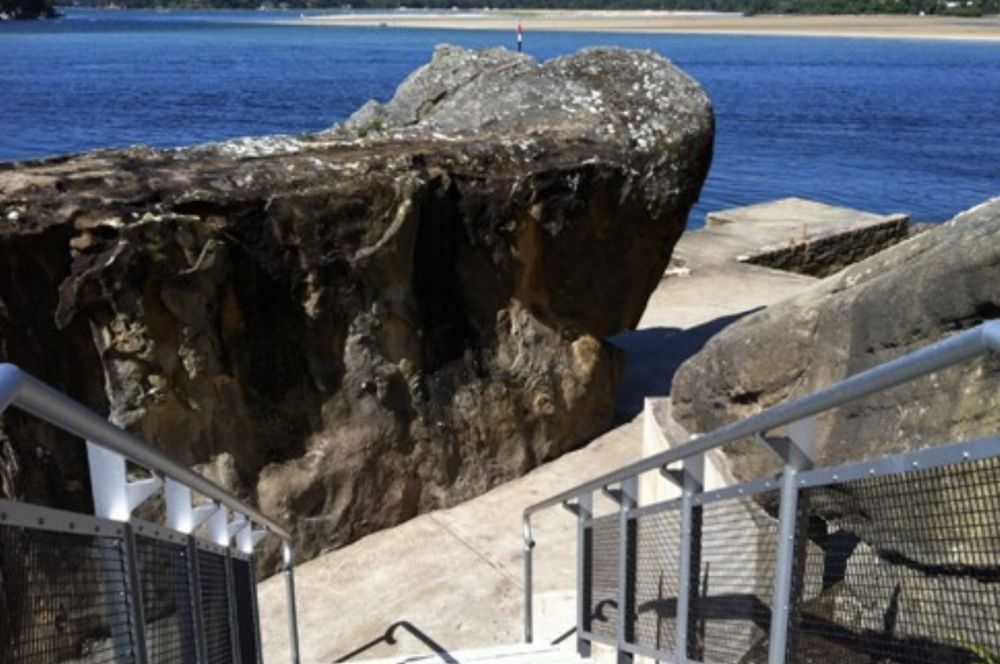
Exploring the Wonders of Sydney's Aquatic Reserves
Imagine exploring the underwater world, teeming with diverse marine life and vibrant ecosystems. Aquatic reserves are not only fascinating sites to visit but also play a crucial role in the conservation of marine biodiversity. In this blog post, we will take you on a journey through the wonders of aquatic reserves, their importance, and how you can responsibly enjoy them while contributing to their preservation.
Key Takeaways
-
Discover the wonders of Sydney’s aquatic reserves and their recreational activities.
-
Explore the marine life, ecological communities, and Leave No Trace principles in protected areas like Towra Point Aquatic Reserve.
-
Utilize technology to access maps and information for responsible recreation while adhering to fishing regulations.
Discovering Aquatic Reserves: An Overview
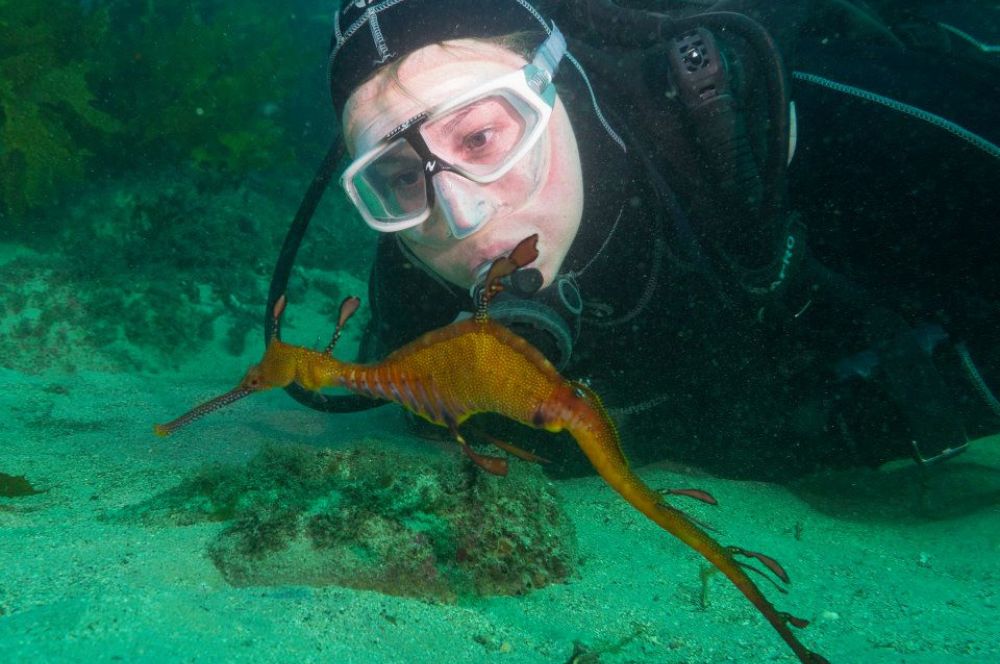
Aquatic reserves are designated areas that conserve and protect aquatic biodiversity, including marine vegetation. These reserves are crucial for preserving specific ecosystems, communities, or species and serve scientific and educational purposes. They are managed by government agencies or organizations to ensure the sustainable use and preservation of marine resources.
In Sydney alone, there is a variety of aquatic reserves offering a multitude of recreational activities such as:
-
Boating
-
Scuba diving
-
Snorkeling
-
Fishing
We invite you to join us as we delve into the fascinating world of aquatic reserves to discover their secrets.
What is an Aquatic Reserve?
An aquatic reserve is a protected area for marine life conservation and research. Aquatic reserves in New South Wales (NSW) primarily aim to conserve biodiversity, which includes specific ecosystems, communities, or species within a designated area of the marine estate. Secondary purposes may include conserving particular aspects of marine biodiversity, such as rocky shore habitats and species or estuarine wetlands.
For instance, Botany Bay’s Towra Point Aquatic Reserve conserves estuarine wetlands, while Cook Island, Cabbage Tree Bay, and Bushrangers Bay protect island fringing reefs and their associated marine life. These ecosystems find a refuge in aquatic reserves, which underpin the intricate web of life beneath the waves.
Types of Aquatic Reserves
Aquatic reserves come in various forms, such as marine parks, marine sanctuaries, and marine reserves. Marine parks are areas of the ocean protected from human activities like fishing, mining, and drilling to preserve marine life and habitats.
Marine sanctuaries serve a similar purpose, offering a safe haven for threatened species. Marine reserves are areas entirely protected from human activities, providing a secure refuge for endangered species and conserving marine life and habitats.
These varied types of reserves are instrumental in maintaining the delicate equilibrium of our oceans.
Sydney's Aquatic Reserves
New South Wales is home to 12 aquatic reserves, with seven of them located in Sydney. These reserves include:
-
Boat Harbour
-
Cabbage Tree Bay
-
Bronte-Coogee
-
Cape Banks
-
Long Reef
-
Shiprock
-
Narrabeen Head Aquatic Reserves
Each reserve offers unique opportunities to discover a variety of marine life, from seagrass beds to coral reefs and an array of fish species.
For example, North Harbour Aquatic Reserve is known for its soft corals, weedy seadragons, and the spiral eggs of the crested horn shark. Visitors can enjoy diving, snorkelling, and line fishing in this reserve while adhering to fishing regulations and best practices.
Every one of these reserves provides a window into the abundant underwater world tucked beneath Sydney’s shores.
Towra Point Aquatic Reserve: A Case Study

Towra Point Aquatic Reserve, the largest aquatic reserve in New South Wales, is located on the southern shore of Botany Bay. Managed by the New South Wales Fisheries, Towra Point is a protected area for marine life, offering a diverse range of recreational activities.
We’ll journey into this remarkable reserve, examining its location, accessibility, marine life, and the activities it offers.
Location and Accessibility
Towra Point Aquatic Reserve is situated on the southern shore of Botany Bay in Sydney, Australia. The reserve is easily accessible via car, boat, and public transport, making it a convenient destination for locals and visitors alike.
Once at Towra Point, visitors can enjoy the breathtaking views and get a closer look at the diverse marine life by swimming, snorkelling, or kayaking in the reserve. With its easy accessibility and stunning location, Towra Point Aquatic Reserve is a must-visit destination for nature enthusiasts.
Marine Life and Ecological Communities

Towra Point Aquatic Reserve is home to a plethora of marine life, including:
-
Fish
-
Crustaceans
-
Molluscs
-
Seagrass
The reserve provides a critical habitat for nursery fish and invertebrates, supporting the delicate balance of the marine ecosystem.
Additionally, the surrounding seagrass beds and mangroves contribute to the rich aquatic life found within the reserve. The diverse marine life and ecological communities make Towra Point Aquatic Reserve a truly unique and valuable natural resource.
Recreational Activities at Towra Point
Visiting Towra Point Aquatic Reserve offers a range of recreational activities, including swimming, snorkelling, kayaking, and fishing near the boat ramp.
Fishing in the reserve is subject to certain regulations and best practices to ensure the sustainability of marine life. By engaging in these activities responsibly, visitors can enjoy the natural beauty of Towra Point while contributing to the conservation of its marine environment.
Exploring National Parks with Aquatic Reserves
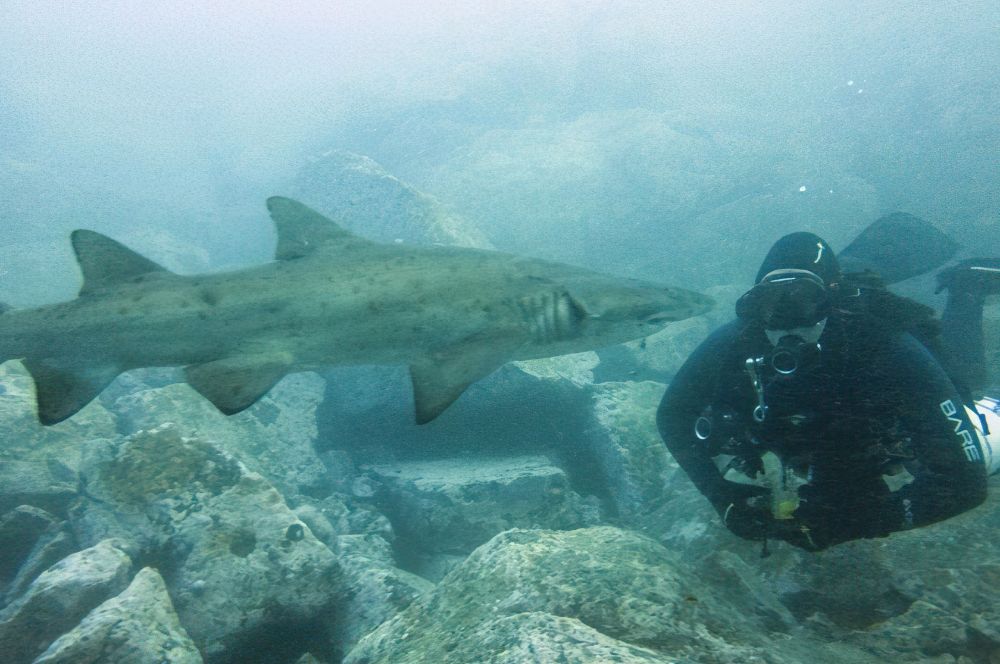
National parks with aquatic reserves offer unique opportunities to explore the beauty of both terrestrial and marine environments. This section will highlight the popular Bushrangers Bay along with other significant national parks housing aquatic reserves.
Bushrangers Bay: A Scuba Diving Haven
Bushrangers Bay is an aquatic reserve located within a national park in Victoria, Australia. This scuba diving paradise is known for its diverse marine life, making it a popular destination for underwater enthusiasts. The bay is nestled within a picturesque sandy beach surrounded by basalt cliffs on the ocean side of the Mornington Peninsula.
Visitors to Bushrangers Bay can enjoy scuba diving, snorkelling, and swimming among the vibrant marine life, including seagrass, fish, crustaceans, and molluscs. By following the Leave No Trace principles and adhering to local regulations, divers can help preserve the bay’s unique underwater world for future generations.
Other Notable National Parks

In New South Wales, other national parks featuring aquatic reserves include Cape Banks Aquatic Reserve, Boat Harbour Aquatic Reserve, and Towra Point Aquatic Reserve. These reserves offer diverse marine life, from seagrass beds to coral reefs and various fish species.
By visiting these national parks with aquatic reserves, nature enthusiasts can experience the wonders of both land and sea, contributing to the conservation of these precious environments.
The Role of Research and Education in Aquatic Reserves
Research and education are crucial for preserving biodiversity, facilitating scientific research, and augmenting community understanding of aquatic reserves’ value.
We’ll further discuss how research and education contribute to monitoring biodiversity and encouraging community involvement in aquatic reserve conservation.
Monitoring Biodiversity and Populations
Biodiversity and populations within aquatic reserves are monitored to ensure their conservation. Techniques like surveys, sampling, and monitoring water quality provide vital data on species populations, habitats, and other environmental factors.
This information helps inform conservation initiatives, ensuring the sustainable management of aquatic reserves and the protection of the delicate ecosystems they support.
Community Involvement and Education
Community involvement and education play a vital role in promoting the importance of aquatic reserves. By providing educational opportunities and raising awareness of the significance of aquatic reserves, communities can cultivate a sense of stewardship and responsibility for the environment.
Engaging in research and education not only helps preserve aquatic reserves but also connects people with the natural world, fostering a deeper appreciation for the wonders of our planet.
Navigating Aquatic Reserves with Technology
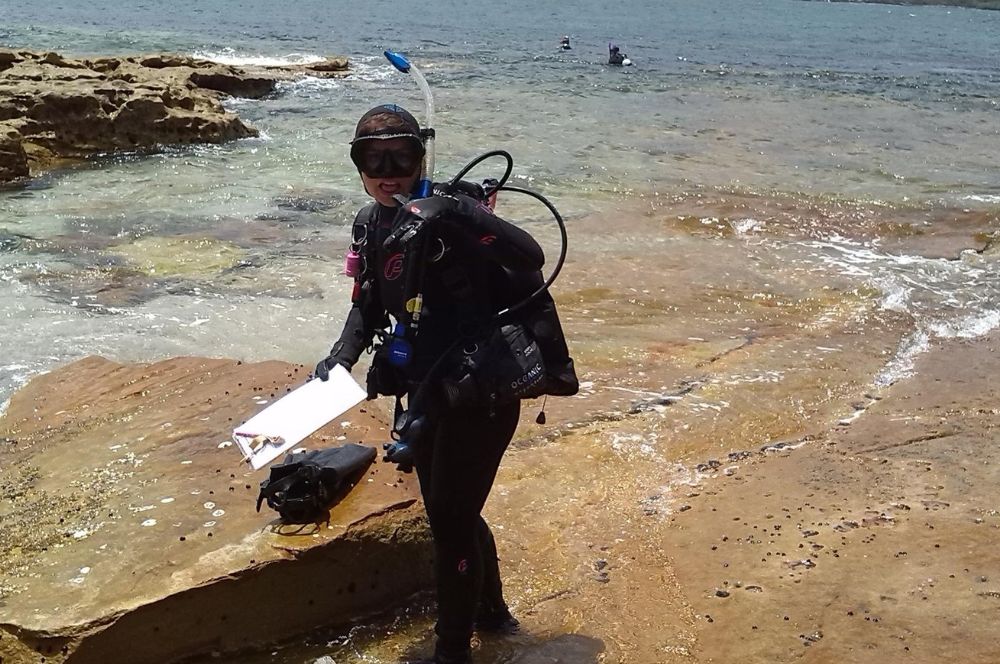
Technology can help us navigate aquatic reserves more easily, enhancing our experiences and understanding of these unique environments. With tools like Google Earth, we can gain a better perspective of the underwater world, even allowing us to measure distances using metric and imperial units.
We’ll examine how mapping and spatial data, together with mobile apps and online resources, can enhance planning and enjoyment of visits to aquatic reserves. This project aims to provide valuable information for visitors and conservationists alike.
Mapping and Spatial Data
Mapping and spatial data provide a wealth of information about aquatic reserves, from their locations to the species and habitats within them. These data can be used to create maps, analyze spatial relationships, and visualize patterns, helping us better understand and manage aquatic reserves.
By leveraging mapping and spatial data, we can plan visits to these reserves and make informed decisions about conservation efforts.
Mobile Apps and Online Resources

Several mobile apps and online resources, such as the NSW Aquatic Reserve App and the NSW Aquatic Reserve Online Map, provide valuable information for planning visits to aquatic reserves. These resources offer features like detailed maps, marine life information, and guides to help you navigate and enjoy your visit to an aquatic reserve.
By using these tools, we can better appreciate the beauty and importance of aquatic reserves, ensuring their preservation for future generations.
Responsible Recreation in Aquatic Reserves
Responsible recreation in aquatic reserves is essential for preserving the diverse marine plants, animals, and habitats these areas support. By following Leave No Trace principles and adhering to fishing regulations, we can minimize the impact of our activities on these delicate ecosystems and ensure the sustainable use of marine resources.
We’ll share insights on how to engage in responsible recreation in aquatic reserves.
Leave No Trace Principles
The Leave No Trace principles are a set of guidelines for responsible recreation in the outdoors. By following these principles, we can minimize our impact on the environment while enjoying aquatic reserves.
These principles include:
-
Planning ahead and preparing
-
Traveling and camping on durable surfaces
-
Disposing of waste properly
-
Leaving what we find
-
Minimizing campfire impacts
-
Respecting wildlife
-
Being considerate of other visitors.
By adhering to these guidelines, we can ensure the sustainable enjoyment of aquatic reserves for ourselves and future generations.
Fishing Regulations and Best Practices

Fishing in aquatic reserves can be a rewarding and enjoyable activity when done responsibly. To ensure the sustainability of marine life, it is essential to follow fishing regulations and best practices, such as:
-
Obtaining a fishing license
-
Adhering to size and bag limits
-
Using suitable gear
-
Releasing fish that are too small or not in season
-
Practicing catch and release
By abiding by these guidelines, we can help preserve the delicate balance of marine life in aquatic reserves while enjoying our favourite pastime.
Summary
Aquatic reserves are invaluable natural resources that offer unique opportunities to explore the fascinating underwater world while playing a crucial role in the conservation of marine biodiversity. From the diverse marine life in Towra Point Aquatic Reserve to the scuba diving haven of Bushrangers Bay, these protected areas showcase the beauty and importance of preserving our oceans.
By understanding the significance of aquatic reserves and practising responsible recreation, we can contribute to the conservation of these delicate ecosystems and ensure their continued existence for future generations. So, let’s dive in, explore, and cherish the wonders of aquatic reserves while doing our part to protect and preserve the enchanting marine life they support.
Frequently Asked Questions
What are aquatic reserves?
Aquatic reserves are marine protected areas set up to conserve the diversity of marine plants, animals and habitats while also providing educational and research opportunities for students and scientists to study the ecology and management of the reserve. Additionally, they work together with other marine and coastal management programs to support ecologically sustainable use of the marine environment.
Can I fish in an aquatic reserve?
You may be able to fish in an aquatic reserve depending on the regulations of that particular reserve. Make sure to check for any restrictions before fishing to help protect and conserve marine life in the area. Always be mindful of the environment when fishing, and take the necessary steps to ensure that you are not damaging the local ecosystem.
What are the natural marine reserves?
Marine reserves are a type of marine protected area in which removing or destroying natural or cultural resources is prohibited, protecting rare and threatened species' important habitats and providing benefits for fisheries species.
What is a Type 2 marine reserve?
A Type 2 Marine Reserve is an area of ocean protected from the adverse effects of fishing and meeting the MPA Protection Standard, established outside of the Marine Reserves Act 1971.
What is the purpose of aquatic reserves?
Aquatic reserves are designated areas that serve to conserve and protect aquatic biodiversity while preserving specific ecosystems, communities, and species. They also offer educational and scientific opportunities.
RELATED POSTS
-
Eco-Friendly Diving: The Ultimate Guide…
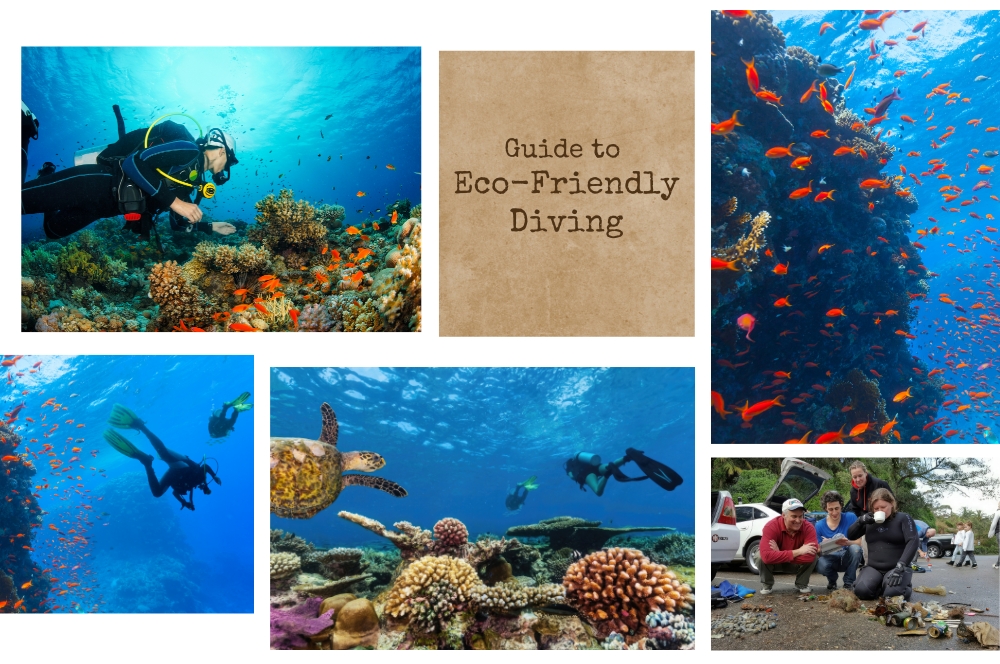
Eco-Friendly Diving:…
The Ultimate Guide to Eco-Friendly Diving Imagine sliding into the azure depths of the ocean, exploring vibrant […] -
Join the Fight Against Marine Debris…
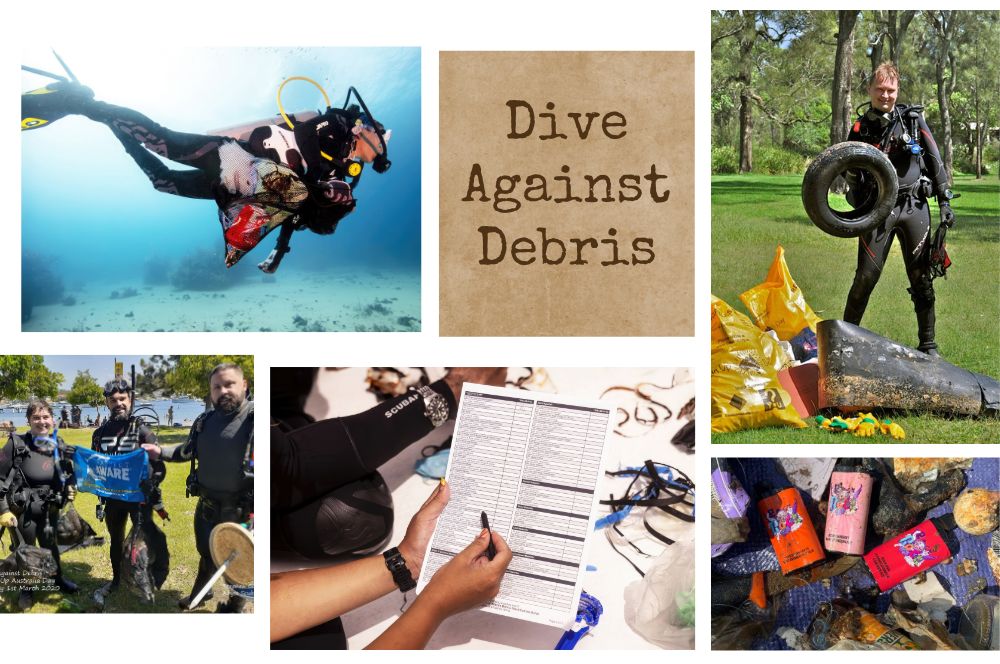
Join the Fight Against…
Joining the Fight Against Marine Debris with Dive Against Debris Project Are you passionate about protecting […] -
Scuba Diving for Science: Citizen Scientists…
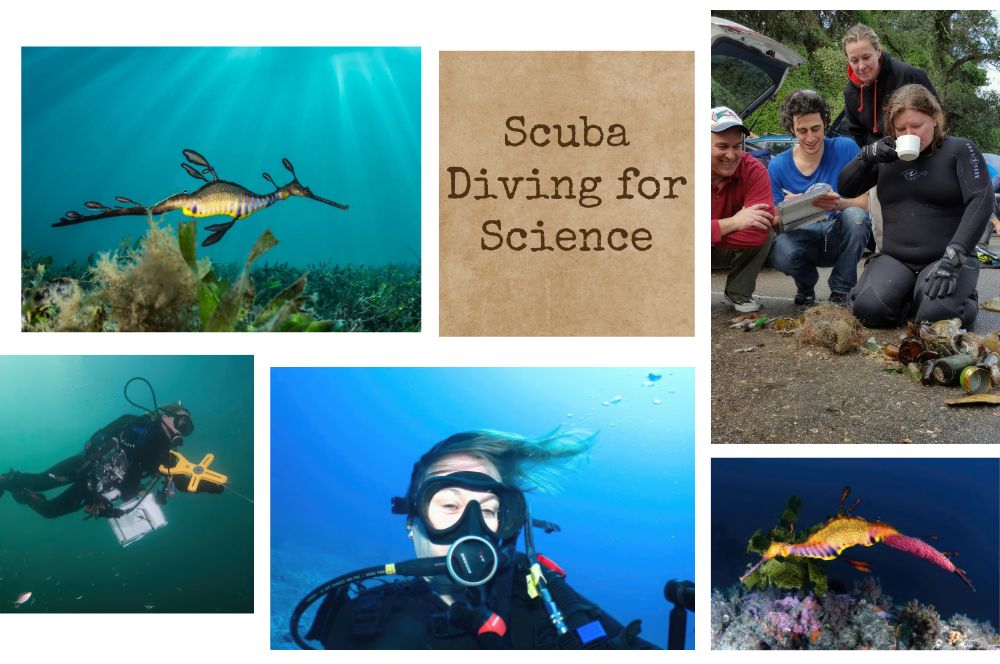
Scuba Diving for Science:…
Scuba Diving for Science: How Citizen Scientists are Transforming Marine Research Welcome, fellow divers! […] -
How to be an Ethical Scuba Diver: A…
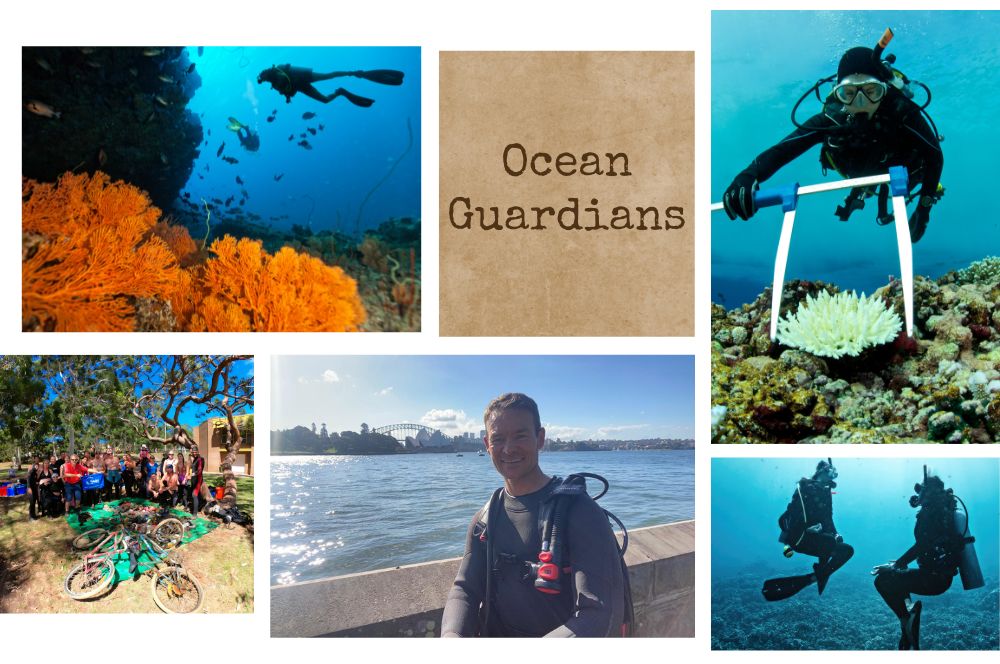
How to be an Ethical…
Ocean Guardians: Exploring the Ethical Considerations of Scuba Diving The vast and enigmatic ocean lures […]
Recent Posts





